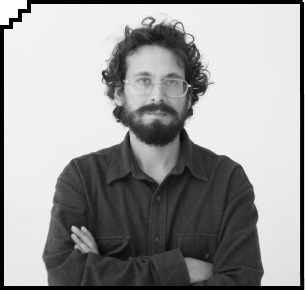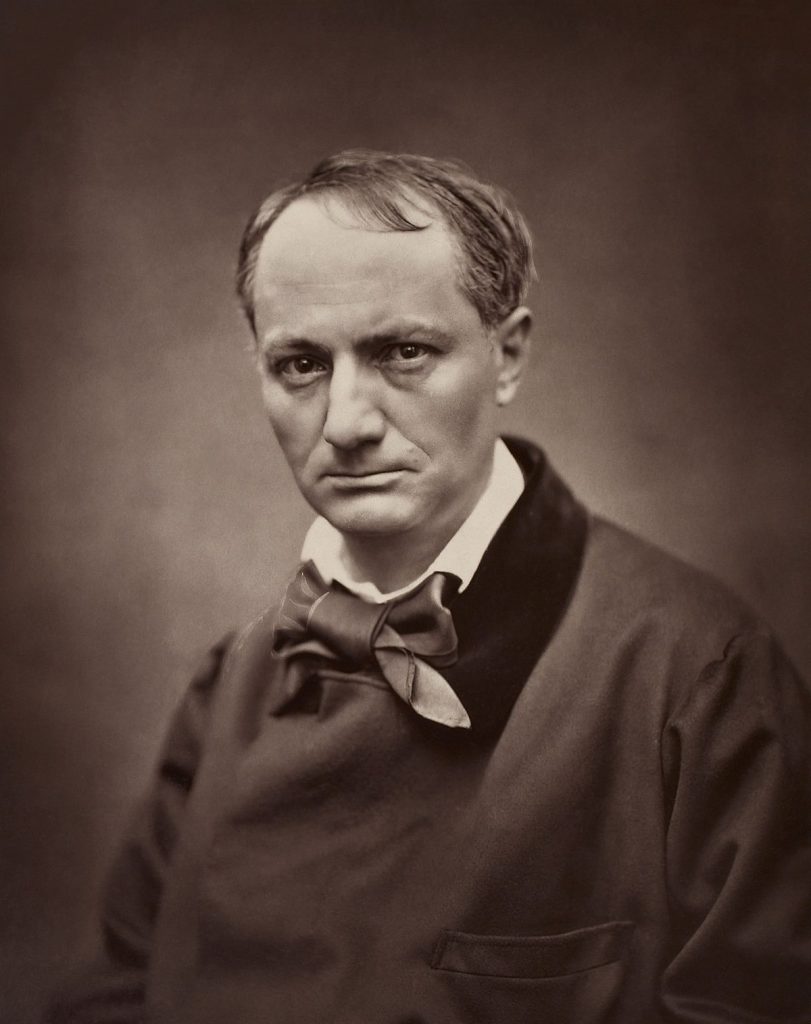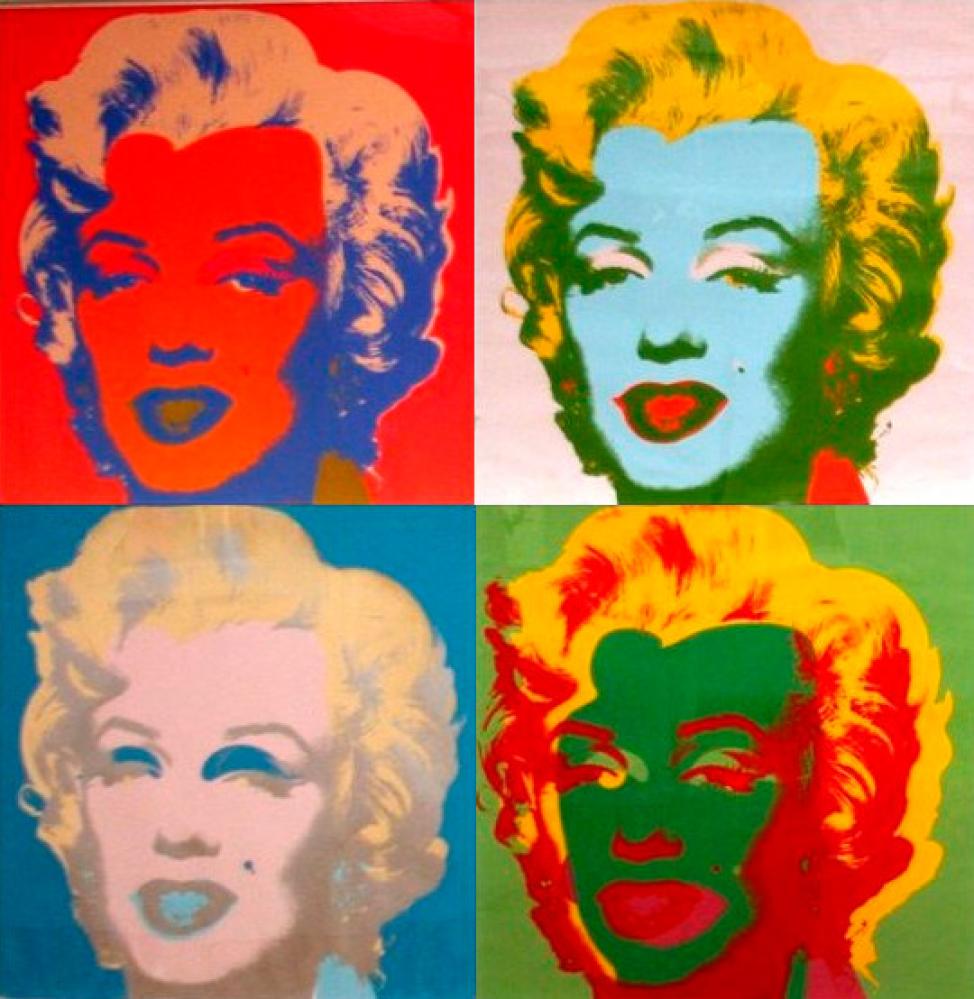The Issue of Originality in Mediation of Art with Technology

by
by Uras Kızıl
Published August 25, 2022It would not be wrong to define the age we live in as the “age of everything,” the age of Anthropocene; the age of new materialism, posthumanism, or transhumanism; and the ecological age are only a few highlights. Another branch of this century of “things” is, doubtless, the digital age, which is an extension of technology. The role of digitalization cannot be ignored in the reshaping of humanities and natural sciences; and the reconfiguration of art, sociology, politics, medicine, science, philosophy, archaeology, etc. in the twenty-first century. With the birth of quantum theory, we have left behind the conventional understanding of physics in which time is linear while objects and things are deemed passive and fixed; this separation opened up a door to new ways of understanding reality. This reality rejected the principle of human-centered agency, bestowed upon humanity by the Enlightenment, and brings the agency of non-human creatures, objects, and even machines and robots up for discussion. The entirety of existence is internal to the union of humans and non-human beings and (our) actions do not precede (our) encounters with other things.1

Contemporary art seeks the material and intellectual condition of an artwork in the interaction between (human and non-human) things. There is no doubt that technology is another prominent element of this interaction. Contrary to what is known, the embedding of technology into art is not a recent phenomenon. Since the early ages, art has always utilized the advantages of technology: In the fifteenth century, the invention of canvas and oil paints provided artists with additional time and opportunities to paint what they had in mind as ideal while the use of mirrors enabled the mimetic painting of the image of the external world. Tube paints, which came to be with the Industrial Revolution in the nineteenth century, enabled artists who would come to be known as impressionists to step out of their workshops and paint outdoors.
The entirety of existence is internal to the union of humans and non-human beings and (our) actions do not precede (our) encounters with other things.

On the other hand, there is this nonending tension between art and technology. This tension can be traced back to the invention of photography in 1839 and its following expansion in the later years of the century. By itself, it would not be easy for photography, which put the future of oil painting – especially the genre of portraits – in risk, to be integrated into the market as a new artistic instrument. Among the nemeses of this novice medium of art was Charles Baudelaire, the renowned Parisienne poet, author, and art critic of the nineteenth century. In his 1859 essay titled On Photography, Baudelaire depicts photography to be an instrument that blunts the creativity of artists and encourages them to be lazy.2
Besides, the invention of photography posed another handicap for Baudelaire: Photography can copy the reality of the outer world to a proper extent. The reason why Baudelaire deemed this aspect of image making was due to the fact that even the “ordinary” people could potentially produce “art.” Thus, the privileged status that was mentioned in the texts of Immanuel Kant and Georg Wilhelm Friedrich Hegel in the nineteenth century and associated being an artist with genius and spirit (geist) would have disappeared. What Baudelaire was implying was that the invention of photography was a blow (an early one at that) to the uniqueness of art.
Nearly a century after Baudelaire, Martin Heidegger’s essay The Question Concerning Technology (1954) made inferences regarding art and objects through techne. Heidegger touched upon the loss of the meaning of techne, which meant “technique,” in modern times and emphasized that nature and objects (and even arts) had been utilized in order to meet human needs and that, in a way, had come to serve as resources.3 In Ancient Greek, techne does not only mean the skills and activities of craftspeople; it is also used in the context of fine arts and mental arts. However, in the eyes of Heidegger, techne had lost its ancient poetic (artistic) meaning in modern times.4
Another pressure point in the tense relations between art and technology is the still-relevant essay written in 1935 by Walter Benjamin titled, The Work of Art in the Age of Mechanical Reproduction (1935). Benjamin’s text bears the shared concern exhibited in Baudelaire’s and Heidegger’s works. Benjamin believes that the originality and uniqueness of the artwork evaporate the moment it is circulated through technology. The artwork loses the connection between its original space (church, cathedral, museum, palace, etc.), along with its aura which had accumulated over the years, and its “here and now” value. On the other hand, Benjamin also thinks that the (re)production of art through technique also altered the approach of the masses towards art.5 According to Benjamin, the attention of the audience slowly shifts from an iconic painting to moving image, which is the visuality of cinema. As one might guess, the tension between the critic and advocates of the relationship between technology and art is not a topic exclusive to current times. The criticism once faced by photography, video, and cinema is also valid for NFT-based art utilized in contemporary art. The discussion based on whether photography and video were art is being held for NFTs today.

However, NFTs bring a new layer to the notion of an artwork’s originality, initially examined by Charles Baudelaire with the invention of photography and then investigated by Walter Benjamin and Martin Heidegger. This layer is a method of authentication. Using blockchain technology, NFTs reopen the topic of an artwork’s originality for discussion through “smart contracts” that are written on the chain. Walter Benjamin’s idea that artwork has entered circulation through technology and that it can be reproduced with various techniques such as photography and serigraphy, takes on another context in current times. The spaces that create the context of an artwork such as churches, cathedrals, museums, palaces, etc. move towards the digital realm (blockchain). However, the smart contracts embedded in the blockchain mark only one of the innumerable digital copies of that work as original and unique. There is little doubt that this concept of uniqueness associated with such work poses a new value judgment that is internal to the artwork.
It seems impossible to predict the long-term consequences of a new value judgment that is internal to the artwork. We know that, after the 1960s, especially with the rise of conceptual art, the idea itself becomes important rather than the object of art. As thought has gone beyond the object of art, one can describe the art scene of the second half of the twentieth century to be over with a notion of uniqueness. The NFTs that can be embedded in the blockchain aim to (re)create the current notion of uniqueness for artwork and, thus, protect individuals and organizations such as artists, collectors, gallery owners, museums, etc. It does this not only by associating the artwork with a notion of uniqueness but also by paying the artist a certain percentage of each sale of the artwork (by changing hands among owners) through smart contracts.
Using blockchain technology, NFTs reopen the topic of an artwork’s originality for discussion through “smart contracts” that are written on the chain.
My opinion is that any specific comment on the future of blockchain technology, which is currently being used, can be anything more than a speculative meta reading. It is impossible to make certain deductions. Though what blockchain promises may seem attractive at first, only time will show its practical implications. The existence of innumerable copies can be prevented by creating an art industry in mediation with technology, or a more favorable art market can be created for artists to survive. It would be precise to observe that the art of the future will exist in mediation with humans and non-human beings (organisms, animals) and/or inanimate things (objects) rather than an all-seeing, all-powerful, and male-centric eye. For sure, NFTs will find themselves a place in this ecosystem.
[1]The co-existence of humans and non-humans, especially in new materialism and posthumanist thought, is discussed through the works of authors such as Bruno Latour, Karen Barad, Rosi Braidotti, Manuel DeLanda, Graham Harman, Levi Byrant, Jane Bennett, Donna J. Haraway, Quentin Melliassoux, and Timothy Morton.
[2] Charles Baudelaire, “The Modern Public and Photography”, ed. Jonathan Mayne, The Mirror of Art, Critical Studies by Charles Baudelaire, Doubleday & Company, Inc, New York, 1956. pp. 231-232.
[3] Martin Heidegger, The Question Concerning Technologhy and Other Essays, trans. William Lovitt, Garland Publishing, New York & London, 1977.
[4] Ibid. pp. 13-14.
[5] Walter Benjamin, The Work of Art in the Age of Mechanical Reproduction, ed. Hannah Arendt, trans. Harry Zohn, Schocken/Random House, 1935.
